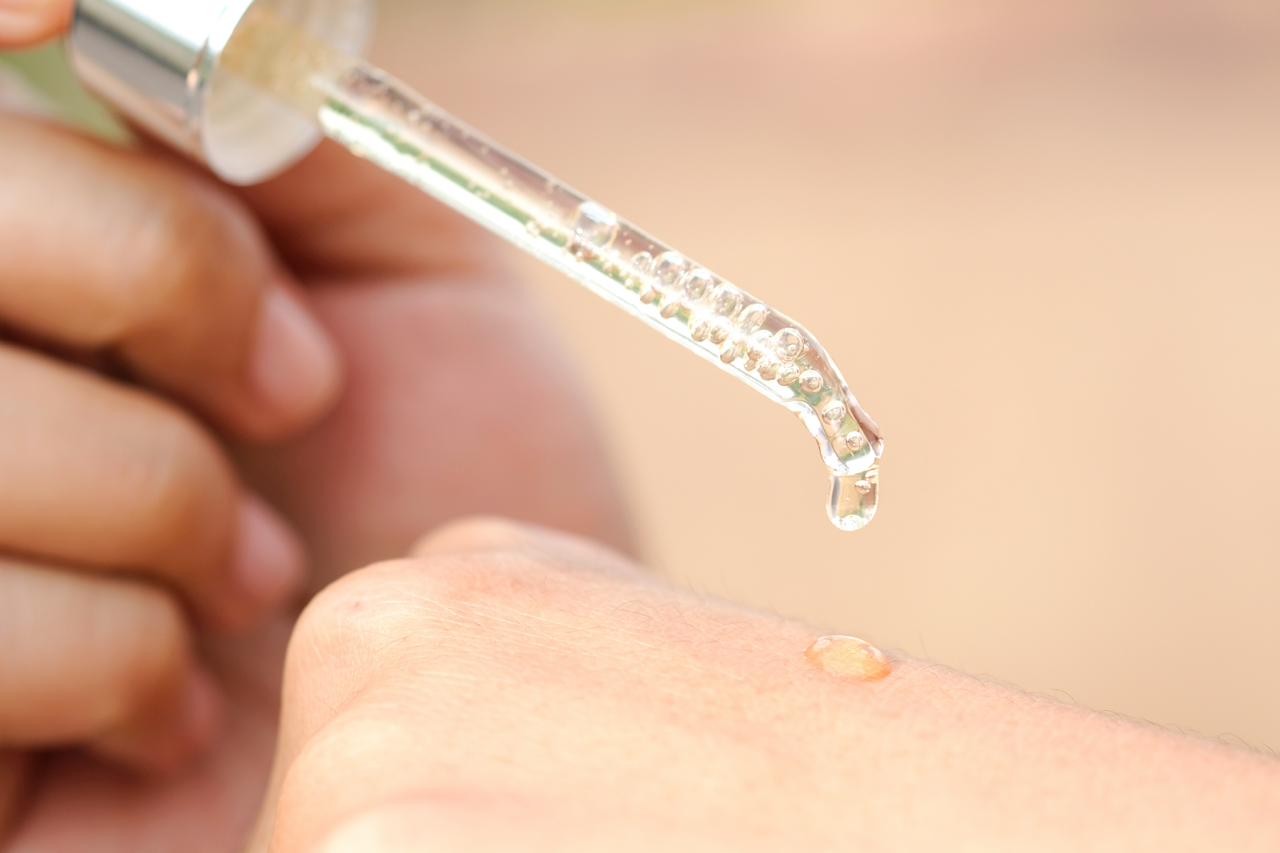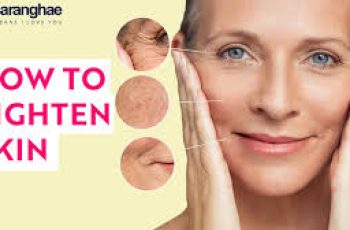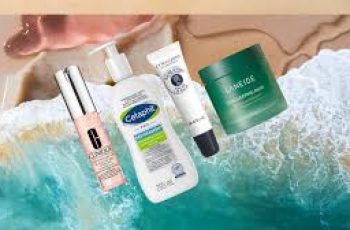
Gallic Acid in Skincare: A Powerful Natural Ingredient for Radiance and Clarity
The world of skincare continues to evolve with the discovery and innovation of ingredients that not only promote youthful, healthy skin but also offer targeted solutions to common concerns such as hyperpigmentation, inflammation, sensitivity, and premature aging. Among these emerging ingredients, gallic acid and its more advanced derivative, diglucosyl gallic acid (DGA), are garnering increasing attention from dermatologists, researchers, and formulators alike.
Both of these compounds are renowned for their antioxidant, anti-inflammatory, and brightening effects, making them excellent choices for individuals with sensitive skin or those who are battling melasma, acne marks, or oxidative stress-related skin damage. In this comprehensive guide, we’ll explore everything you need to know about gallic acid and DGA, from their origins and benefits to their mechanisms of action and practical applications in skincare.
What Is Gallic Acid?
Gallic acid is a naturally occurring polyphenol, part of the broader family of plant-based compounds known as phenolic acids. These compounds are found abundantly in various botanical sources, including:
Gallnuts
Sumac
Witch hazel
Oak bark
Tea leaves (especially green tea)
Gallic acid is valued in skincare primarily for its potent antioxidant and anti-inflammatory properties. It’s often found in serums and creams targeting uneven skin tone, premature aging, and skin inflammation. Due to its natural origin and gentle action, gallic acid is well tolerated by most skin types, even those with sensitive or reactive skin.
Introducing Diglucosyl Gallic Acid (DGA)
While gallic acid is effective on its own, modern biotechnology has enabled the development of Diglucosyl Gallic Acid (DGA), a more stable and efficient version. DGA is a biotechnologically modified derivative of gallic acid, created by binding gallic acid to glucose molecules. This alteration not only enhances its stability in cosmetic formulations but also allows for microbiome-dependent activation, meaning it becomes active only when it comes in contact with the skin’s natural microbiota.
Once applied, enzymes produced by the skin’s microbiome convert DGA into trihydroxy benzoic acid, a potent tyrosinase inhibitor. Tyrosinase is a key enzyme involved in melanin production, and by inhibiting it, DGA helps lighten dark spots and promote a more even skin tone—without causing the irritation often associated with harsher lightening agents like hydroquinone.
Key Benefits of Gallic Acid and Diglucosyl Gallic Acid in Skincare
Whether used alone or in advanced formulations, both gallic acid and its derivative DGA offer a broad spectrum of skin benefits. Let’s take a closer look at their effects and why they’re increasingly being used in skin care routines.
1. Antioxidant Protection
Gallic acid is a strong antioxidant. It helps neutralize free radicals generated by UV radiation, pollution, stress, and other environmental aggressors. Free radicals are unstable molecules that can damage skin cells and accelerate the aging process. By neutralizing them, gallic acid helps prevent the formation of wrinkles, fine lines, and uneven pigmentation.
2. Anti-inflammatory Action
Both GA and DGA are powerful anti-inflammatory agents. This makes them ideal for calming irritated, inflamed skin. Whether you’re dealing with acne, rosacea, or post-inflammatory hyperpigmentation (PIH), these ingredients can soothe and reduce redness, swelling, and discomfort.
3. Brightening and Skin Tone Evening
DGA’s ability to inhibit melanin production makes it an effective agent for addressing hyperpigmentation, including melasma, acne scarring, and sunspots. Because it’s gradually activated by the skin’s microbiome, it provides a gentler alternative to hydroquinone and is safe for long-term use.
4. Non-Comedogenic and Acne-Friendly
Gallic acid is non-comedogenic, meaning it won’t clog pores—a critical feature for acne-prone skin. Furthermore, its antimicrobial and anti-inflammatory effects help reduce acne-related redness and prevent the dark marks that can linger long after pimples heal.
5. Suitable for Sensitive and Reactive Skin
Unlike many brightening ingredients, gallic acid and DGA are extremely well tolerated. This makes them excellent options for individuals with sensitive, reactive, or compromised skin barriers.
DGA vs. Gallic Acid: What’s the Difference?
Although both gallic acid and diglucosyl gallic acid are effective skincare ingredients, they differ significantly in their structure, stability, and mechanism of action.
Property Gallic Acid Diglucosyl Gallic Acid (DGA)
Origin Naturally occurring in plants Biotechnologically modified derivative of GA
Stability Prone to degradation in formulas Highly stable, more suitable for topical use
Mechanism of Action Immediate action upon application Activated by skin’s microbiome, slower onset
Skin Tolerance Good for most skin types Excellent for sensitive or reactive skin
Tyrosinase Inhibition Mild Strong, microbiome-activated inhibition
Common Uses Antioxidant, soothing, anti-aging Brightening, anti-inflammatory, skin-evening
Targeted Skin Concerns and Uses
Here’s how gallic acid and DGA can be applied to address specific skin concerns:
1. Hyperpigmentation & Melasma
One of DGA’s most celebrated uses is in the treatment and maintenance of melasma. It works by:
Inhibiting tyrosinase activity
Reducing melanin transfer
Calming skin inflammation (which is a known melasma trigger)
Unlike more aggressive lightening agents, DGA doesn’t sensitize the skin, making it safe for pregnant women and for use during tyrosinase inhibitor “holidays” (periods when stronger depigmenting agents are paused to reduce irritation and resistance).
2. Acne and Post-Acne Marks
If you’re someone who breaks out easily and develops dark spots from pimples, this ingredient may be a perfect addition to your skincare routine. Not only does it help fade those stubborn marks, but it also reduces inflammation and redness, helping your breakouts heal faster.
3. Skin Brightening and Radiance Boost
As we age or experience chronic sun exposure, our skin can become dull, uneven, and lackluster. Incorporating a DGA-based product into your routine can significantly improve:
Skin luminosity
Evenness of tone
Reduction in overall yellowness or brownness
4. Pregnancy-Safe Pigmentation Treatment
Many treatments for pigmentation are off-limits during pregnancy. However, both gallic acid and DGA are rated “1” by the Environmental Working Group (EWG)—the safest possible rating. They are also considered safe during breastfeeding, making them go-to ingredients in pregnancy-safe skincare for melasma.
How to Use Gallic Acid or DGA in Your Skincare Routine
When choosing a product containing gallic acid or DGA, look for formulations that are:
Properly pH-balanced
Free from harsh exfoliants if your skin is sensitive
Paired with calming ingredients like niacinamide or panthenol for enhanced soothing effects
These ingredients are typically found in:
Brightening serums
Anti-aging creams
Night repair lotions
Gentle exfoliating treatments
Recommended Product Types:
DGA Cleansers: Gently prepare the skin while activating the compound with microbiome contact.
DGA Serums: Ideal for concentrated treatment of dark spots and dullness.
Moisturizers with DGA: Best for melasma-prone or sensitive skin types.
Spot Treatments: Directly target areas of hyperpigmentation with higher concentrations.
Final Thoughts: Is Gallic Acid Right for You?
Gallic acid and diglucosyl gallic acid are powerful, science-backed ingredients that offer multiple benefits, especially for those dealing with hyperpigmentation, acne-related dark spots, or sensitive skin conditions like rosacea or melasma. With their antioxidant, anti-inflammatory, and brightening properties, they serve as multi-functional heroes in modern skincare.
Unlike many harsh depigmenting agents, gallic acid-based compounds offer a gentler approach that’s both effective and well tolerated, even by those with reactive or pregnancy-sensitive skin.
Try It Today – With a Bonus Discount!
As a thank you for exploring our educational skincare content, we’re offering you 20% off your next purchase! Use the code STSBlog20 at checkout and enjoy premium skincare powered by science-backed ingredients like DGA.


